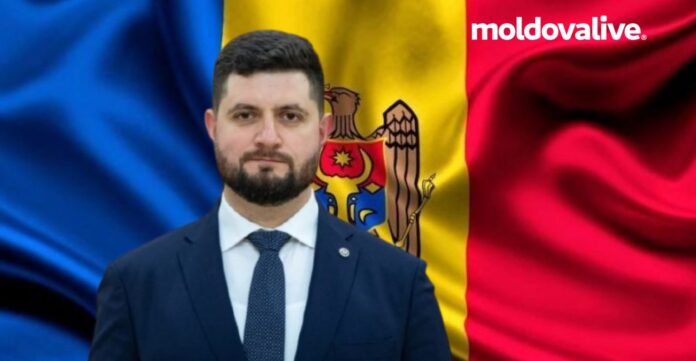Minister of Energy Dorin Junghietu announced that the left bank of the Dniester River currently receives between 1.2 and 1.5 million cubic meters of gas per day, the same amount supplied during the summer months. He said this volume enables the region to maintain limited electricity production, which is now supplemented by increased output from the Dubasari Hydroelectric Power Plant.
Junghietu explained that on August 19, the authorities designated Moldovagaz as the company responsible for supplying gas to areas served by unlicensed operators, such as Tiraspoltransgaz.
“At present, Moldovagaz must create safety gas reserves for the Transnistrian region. Meanwhile, ANRE monitors how Moldovagaz fulfills this requirement,” Junghietu said during the ‘Punctul pe Azi’ program on TVR Moldova.
He confirmed that recent disruptions in gas deliveries to the left bank occurred because of repeated changes in the payment agent, as Russia cannot make payments due to international sanctions.
However, he emphasized that the region continues to receive sufficient volumes.
“I reviewed the latest reports — for several days, the left bank has received around 1.2–1.5 million cubic meters of gas daily, which allows them to produce about 89–95 megawatt-hours of electricity. Monitoring data from Moldelectrica also show increased generation at the Dubasari Hydropower Plant. So, they do have electricity — they increased production there and generate as much as the available gas allows,” the minister said.
Junghietu recalled that although the European Union offered a €60 million assistance package in February 2024 to help the region cover its energy needs, Tiraspol rejected the offer, opting instead for Russian financial support.
“The EU mechanism remains available, but only if the Tiraspol administration meets the conditions set by Brussels,” he said.
Those conditions include respecting human rights, aligning tariffs with market levels, and excluding major industrial consumers from the aid scheme.
Regarding possible supply routes, Junghietu mentioned that Gazprom could deliver gas to Moldova through the TurkStream pipeline and the Trans-Balkan route.
“Everything is technically possible, but it depends on the Russian Federation’s decision — whether it wants to continue subsidizing gas for the Transnistrian region, either free of charge or at a reduced price,” he stated.
Several sources suggest that Moscow may permit gas transit via the Trans-Balkan pipeline, but only if Chisinau agrees to pay an alleged $709 million debt for right-bank consumption — a claim that Moldovan authorities firmly reject.



